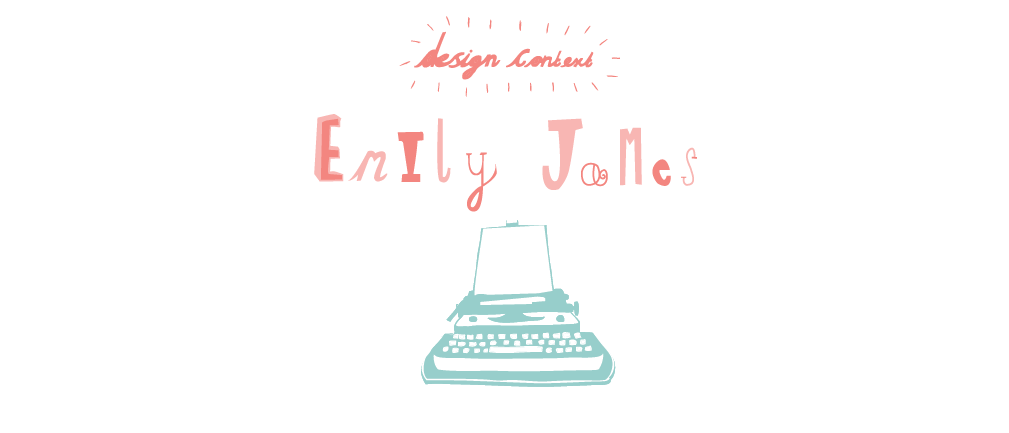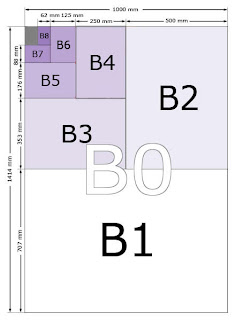1. Alessandro Giua
http://www.alessandrogiua.it/
Even though, at first glance this website is simply layout out and fairly minimalistic, it was actually quite confusing to navigate. When landing on the page it is ambiguous to what information is actually being delivered.
2. HGX Graphics
http://www.huntgraphic.com/moto.htm
Their really isn't much right about this website design. The colours and typefaces are overpowering and take away from the actual information that is trying to be put across. The layout is overcrowded and overall their is just too much going on. You do not know where to look and gives a sense of dizziness as stands out so much. It does not look very professional.
3. Testermans
http://www.testermans.co.uk/
It is obvious that this website was probably once quite simple and well laid out, but overtime, the design has been overlooked as as more products have been added to the website, the more crowded it has become. The list one the left hand side has too many links to different pages, making it overwhelming. As well as images of products, their is also too many promotion adverts, making it difficult to work out which bits to look at.
4. Lipsoft
http://www.esupersoft.com/lips/
This website is pretty confusing as it begins with some sort of slide show before taking you to the navigation page which has too many page links. The bright green colour is too over the top and distracts from the content. Too many type faces are used on the web page, overall it has appalling design.
5. Computer Physicians
http://home.comcast.net/~computerphysicians/
Even though this simple is basic with a white background and a simple typeface the design is incredibly boring. It does not have much structure, with a long scroll bar just going up an down. The page is nor very engaging or eye-catching.



















































